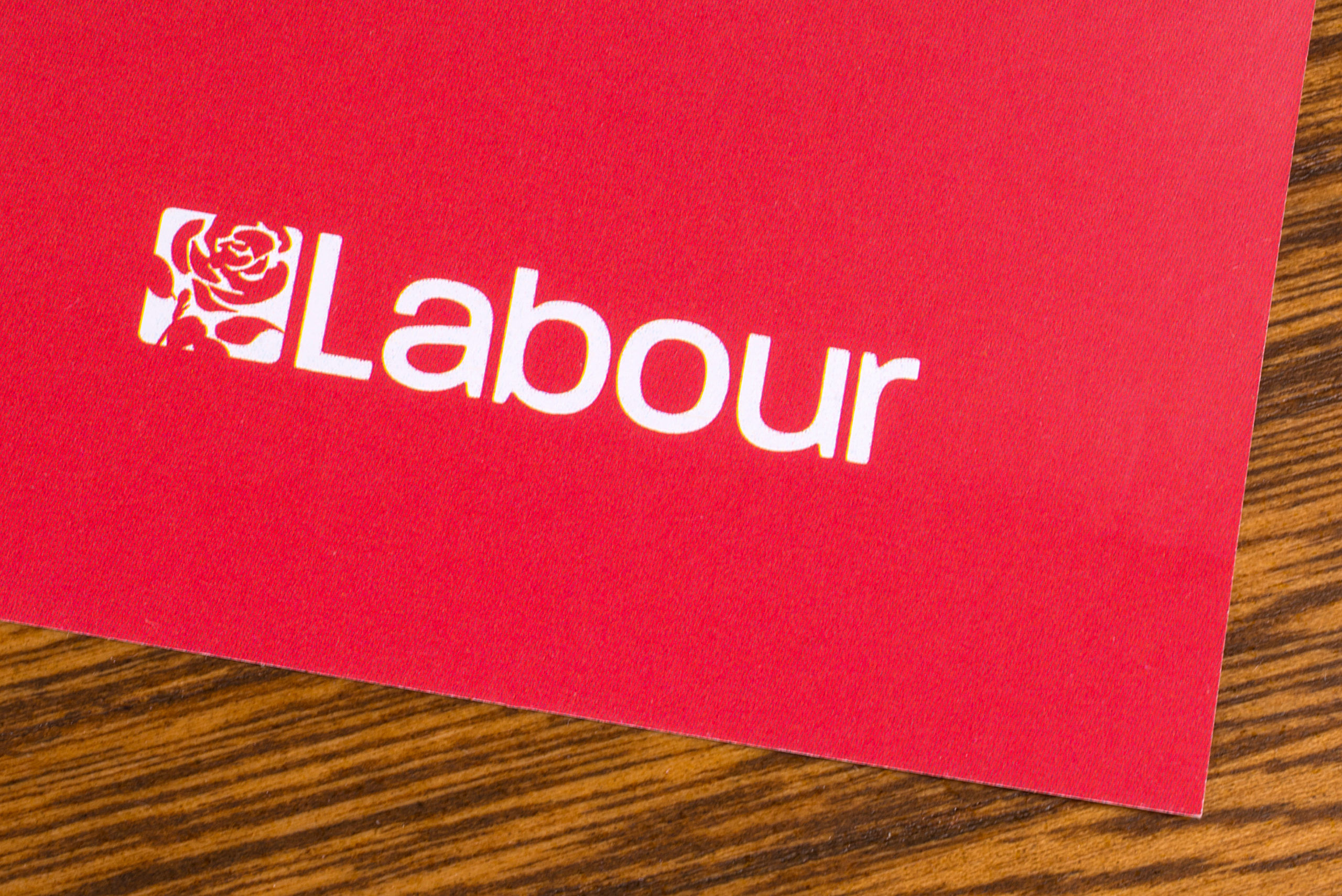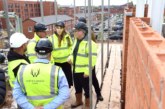
The red, green and grey
Labour has revealed five ‘golden rules’ on the green belt with which it will campaign in the approach to the General Election (GE) in June, November or January 2025 (your guess… etc). It leads with a commitment to prioritise brownfield development, followed by an emphasis on the newly-coined ‘grey belt.’
The grey belt is the unlovely bit of the green belt, upon which abandoned warehouses, derelict car showrooms and other post-industrial eyesores sit.
Isn’t that just brownfield again, you might ask? No, says Labour, the “category will be distinct to brownfield with a wider definition” (whatever that might be).
You can understand why it has done this – to head off the more vocal NIMBYs (including among its own MPs) who claim the countryside is being concreted over, when only 6.8% of land within the Green Belt is in “developed use” (including agriculture and forestry) and while only 1.3% of all England is given over to housing (2022).
Posh estate agent Knight Frank reckons that there are up to 11,000 such grey belt sites that could provide space for anywhere between 100,000 and 200,00 homes.
It is to be applauded that the party is addressing supply side issues. Most initiatives – e.g. Help to Buy, 99% mortgages – focus on demand by making it easier for people to buy houses.
But our problem is not demand: demand is ample, demand is sky-high even. The sector has potential customers coming out of its ears. Our problem is that nowhere near enough homes are built for those that want them, where they want them and at prices they can afford. This has resulted in all sorts of distortions, from crazy prices and generational inequality to inappropriate configurations (too many flats) and geographical over-concentrations.
The focus on brownfield and grey belt is consistent with Starmer’s claim that he, if he becomes prime minister, is going to ‘back the builders, not the blockers,’ yet he goes and spoils it with golden rules relating to affordable homes and boosting public services and infrastructure.
In the case of the former, “plans must target at least 50% affordable housing delivery when land is released” and, of the latter, “plans must improve public services and local infrastructure, including more school places and new health centres.”
No one conceptually would object to such provisions, but whatever the chat around the Labour table was when framing these plans, plainly the word ‘viability’ wasn’t used. That fourth rule, for instance, sounds like CIL and Section 106s on steroids.
And no amount of brownfield or grey belt land availability is going to move the needle one bit if putative developments are rendered uneconomic by these golden rules. You’d think the penny would have dropped by now: that housebuilders are in this for a living, and not for fun; so it remains to be seen if it will if, as and when Starmer wins the GE.








